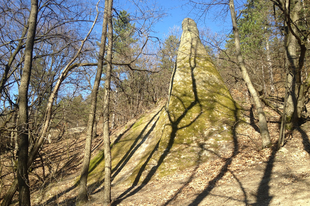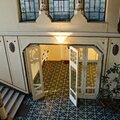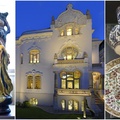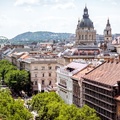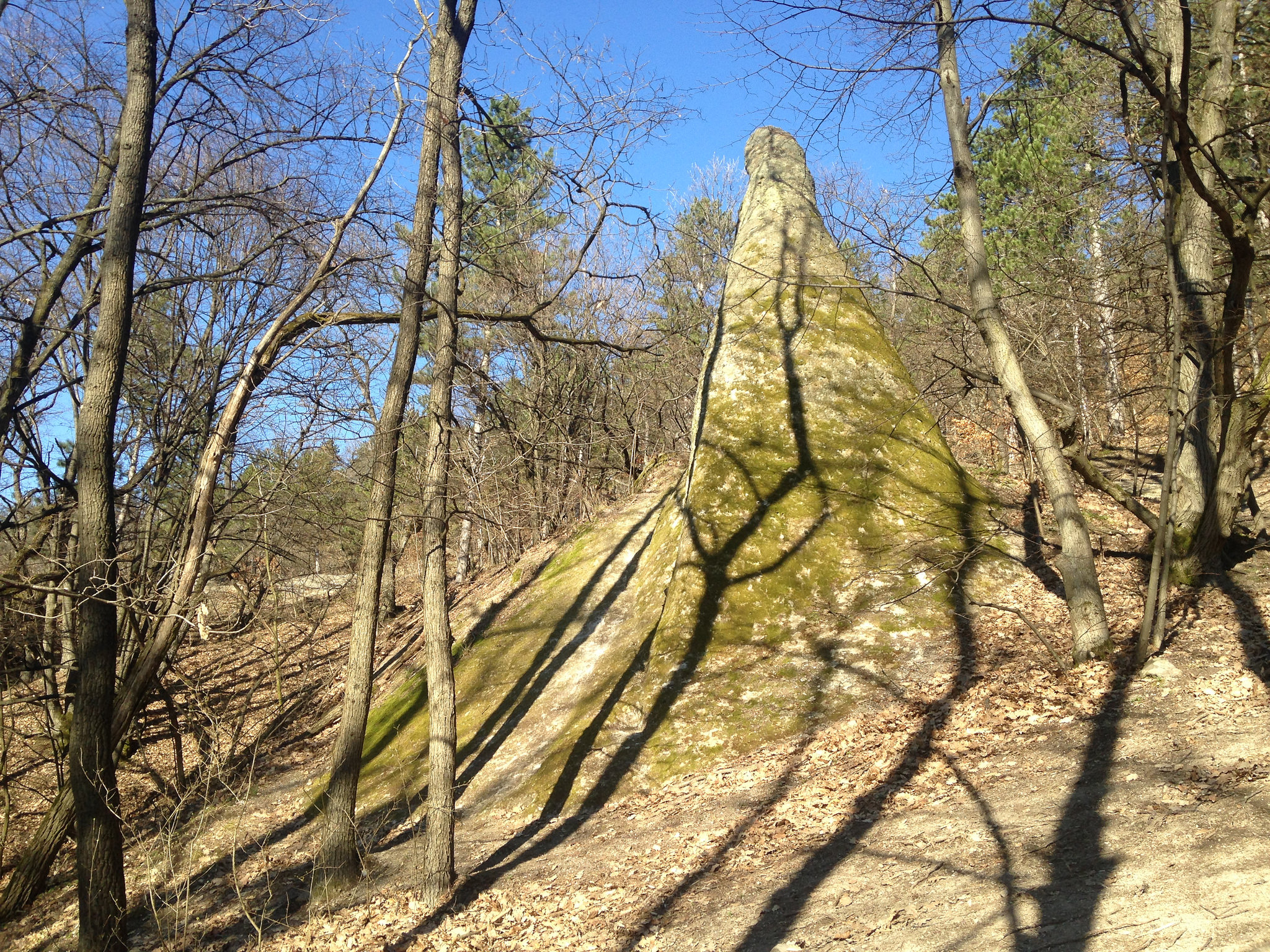
We can find several strangely carved stone formations, so-called beehive stones in Hungary and their origin is still unclear. There are 564 niches in total at 56 different locations! The creation of the niches began around the 4th-5th century and it lasted up until the 11th-14th century. These dates are supported by the fact that there is not any written source about the beehive stones.
One assumption is that a Bulgarian beekeeper tribe, arriving to Hungary in the early middle-ages, carved the cavities into the stones and used them as beehives. Hence the names beehive stone and beehive niche. Many of the beehive stones are conical, some of them are of formidable size.
Opening photo: BLOG FLAU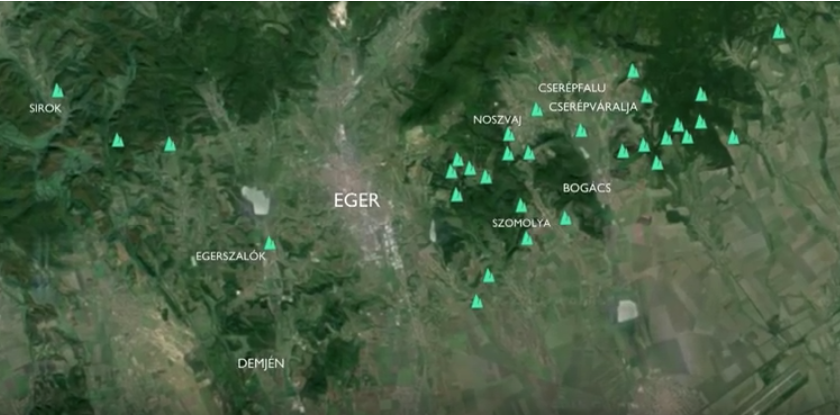
Where can you see the beehive stones?
Most of them are located in the Bükkalja area (between the valleys of streams Tarna, Hejő and Színva), but there are some in the Buda Hills, in the Pilis Mountains and the Visegrád Mountains as well. For example we know of 20 beehive stones at 10 locations at Cserépváralja, with a total of 132 niches.
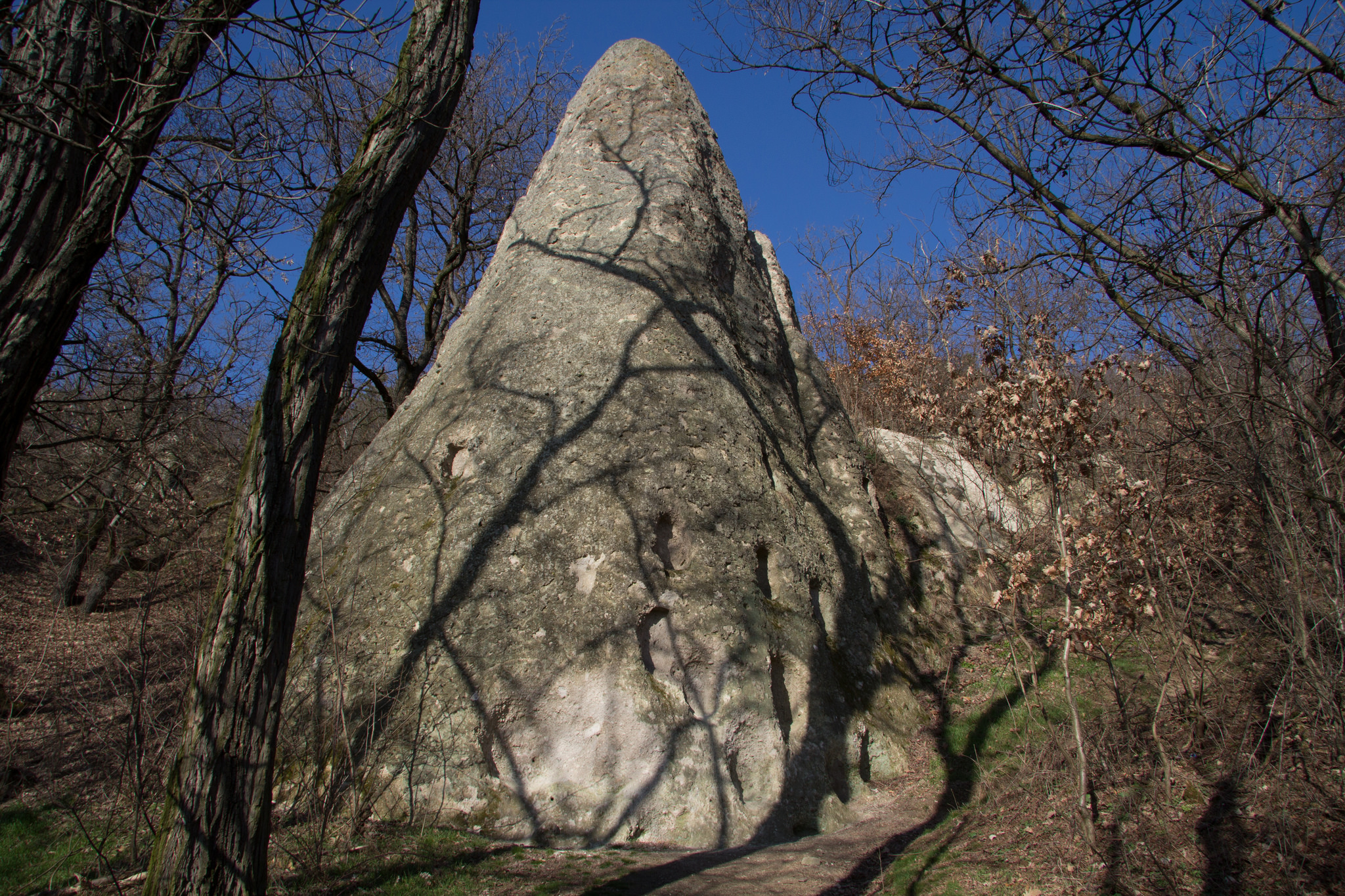
Photo: András Karsai
According to the other idea, the beehive stones were meant to fulfill cultic purposes and are connected to the ancient body of beliefs of the Hun-Avar-Hungarian population: they carried out ceremonies around the beehive stones, and put the necessary objects into the niches.
It is true that in some niches sacrificial objects were found. The King’s Seat (Királyszéke) near Szomolya has additional peculiarities: here there are round holes carved into the tips of the cones, for unclear reasons.
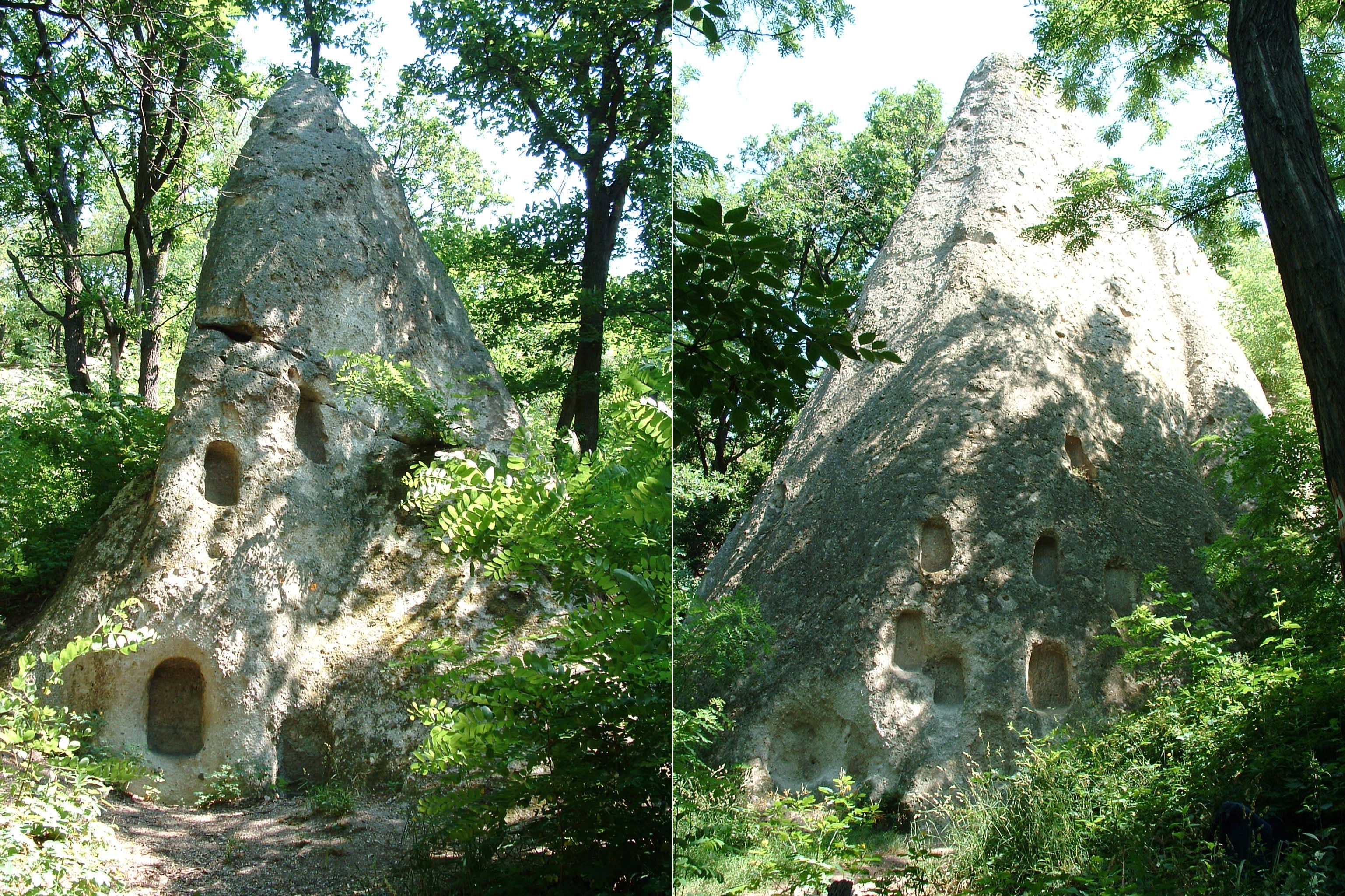 Photo: Vázsonyi Zsolt
Photo: Vázsonyi Zsolt
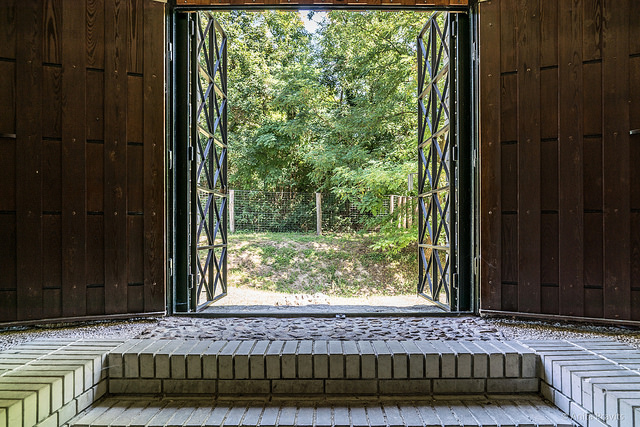 Photo: Pravits Anna
Photo: Pravits Anna
2. Mithraeum deep in the woods
The shrine of the god of the Sun is part of the World Heritage since 2001. The shrine was used by the members of a religious group, who taught secret theories and were quite popular in the 2nd-4th centuries in the Roman Empire.
The Mithraeum located near Fertőrákos was discovered in 1866 by two gentlemen: the two of them found the shrine sunk below the ground the same year but independently from one another. One of them was Ferenc Stornó Jr., the son of a skilled restaurateur, painter and art collector—however, after his discovery it was not until 14 days that he could revisit the site with his mother and by that time the other man and his companions had begun the (unprofessional) excavation, therefore the reconstruction of the original state is impossible.
The excavation of the Mithraeum was finally carried out by Ferenc Stornó Sr. He found a cult picture with inscription, three altar stones, two lion statutes, twenty-seven graves containing the ashes of the deceased and coins, and another grave with a skeleton. Afterwards he had had a limestone arch built above the shrine to protect it.
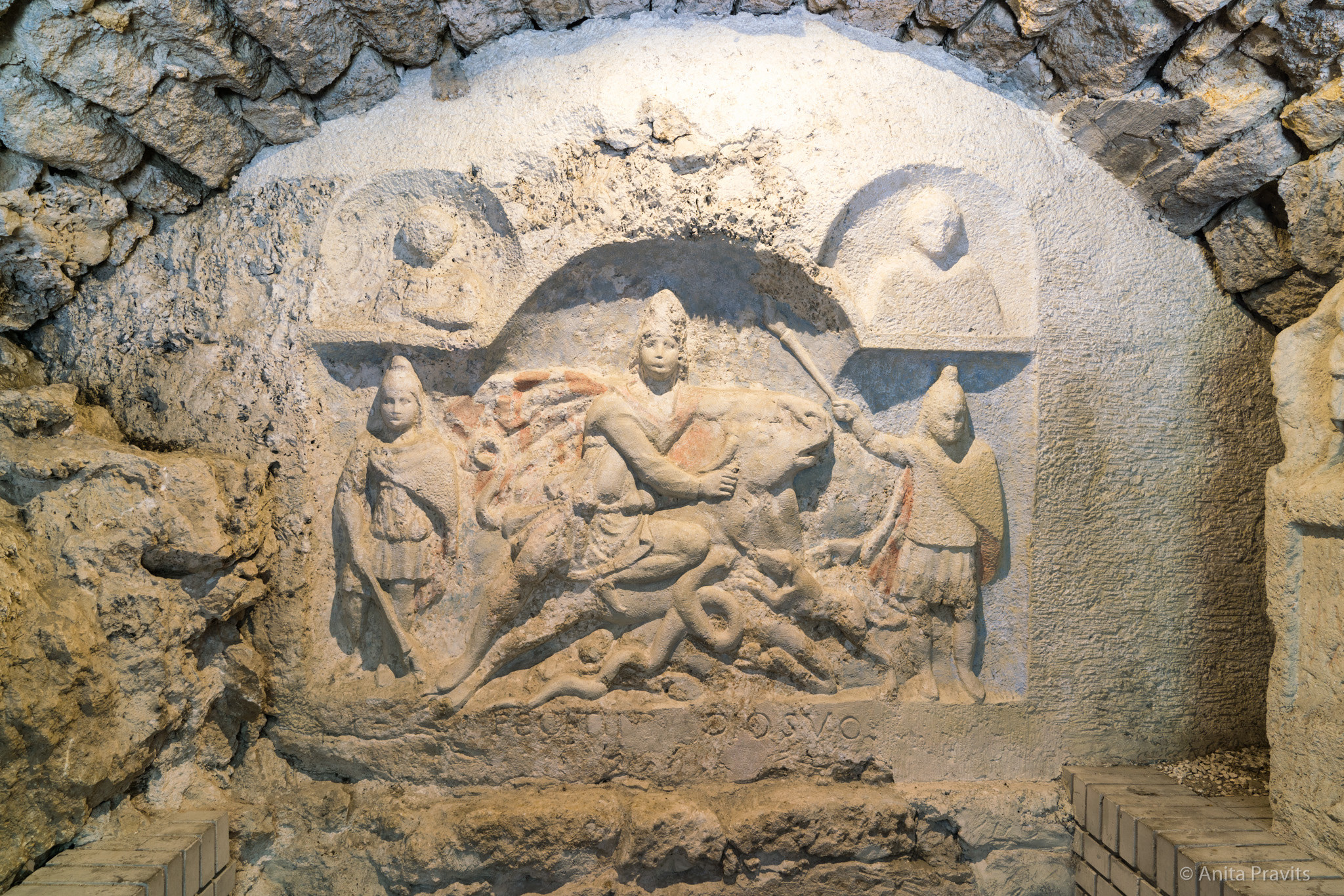 The relief in the shrine depicts the god Mithras in Persian clothes, pushing a bull to the ground with his knee while stabbing his dagger into the animal’s neck artery. From the bottom a dog and a snake are rearing up towards the blood spilling from the wound, and a scorpion is pinching the ball of the bull with both pincers. We can discover the ancient symbols of the equilateral triangle and the magical pentagram in the composition. Source: HERE. Photo: Anna Pravits
The relief in the shrine depicts the god Mithras in Persian clothes, pushing a bull to the ground with his knee while stabbing his dagger into the animal’s neck artery. From the bottom a dog and a snake are rearing up towards the blood spilling from the wound, and a scorpion is pinching the ball of the bull with both pincers. We can discover the ancient symbols of the equilateral triangle and the magical pentagram in the composition. Source: HERE. Photo: Anna Pravits
In the times of Mithraism the followers worshipped the god of the Sun in these underground caves. The shrine was more than a meeting place for believers, sacrificial ceremonies and rites of passage took place there as well, followed by feasts.
The basis of the community’s secret beliefs was that the secrets of their god (his mysteries) must be earned, so whomever wishes to learn them must go through an initiation. The apprentices vowed to secrecy and step by step they had to undergo the tests of seven grades to achieve the full initiation. These grades all had mysterious names with rich symbolism: Raven, Bridegroom, Soldier, Lion, Persian, Sun-runner and Father. The initiates of the Mithras mysteries were also familiar with the science of astrology and astronomy. 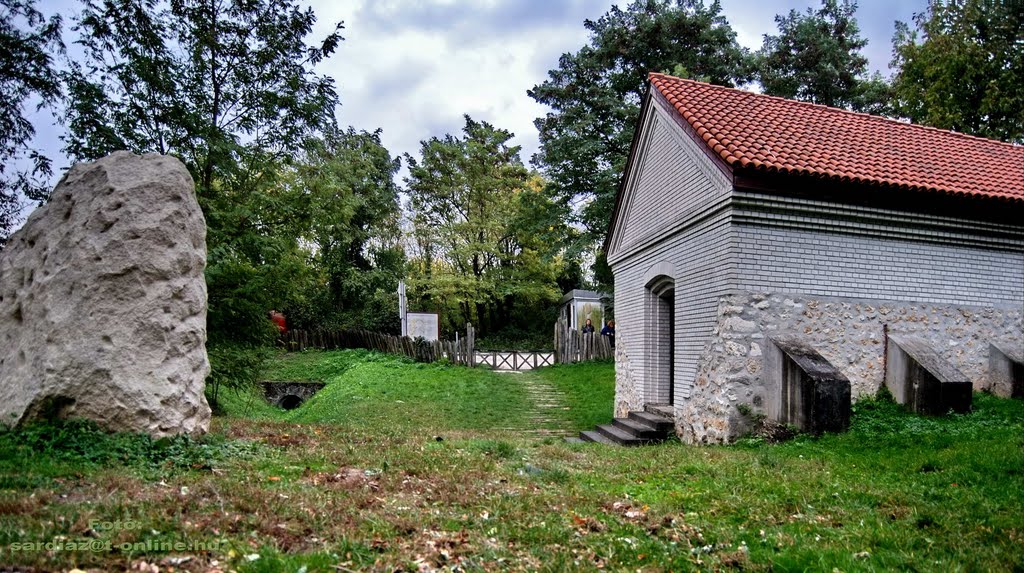 Photo: Sárdi A. Zoltán.
Photo: Sárdi A. Zoltán.
3. Where the Blessed Virgin rested: the Stone of Our Lady (Boldogasszonykő) at Bükkszentkereszt
The area around the second highest lying settlement of Hungary is a special natural place visited by hundreds of people every year, who come to sit on the so-called healing stones. The legend says that the Virgin Mary has once visited this place.
Her path crossed the woods next to the small village, and as she was tired she sat down on a stone to rest. This place is called by the villages the Stone of Our Lady, which is regarded as a sacred and healing place.

4. Fertility magic around the fire in Zamárdi
Thousands of years ago an unknown nation carried out “fertility-magic” around this stone between certain ceremonies. Worshippers sacrificed and burned plants and animals in honour of the pagan mother of god and the god of the Sun, in order to have an abundant harvest and many animals. Later the place was used by the Celts and they built an earthwork around the stone.
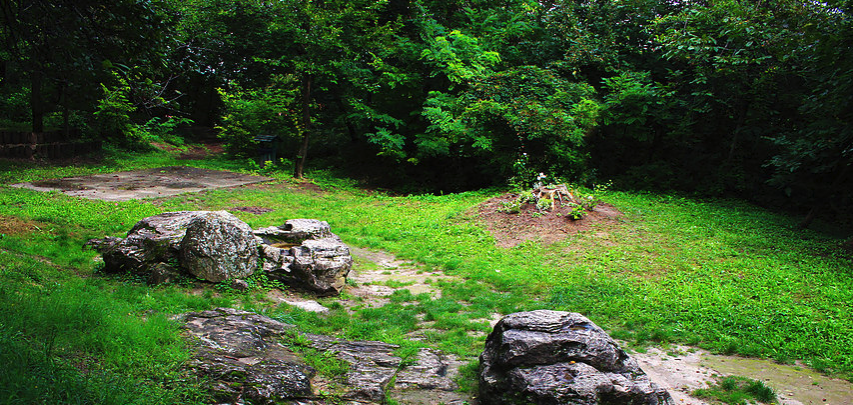 Upon visiting the Kőhegyi lookout tower (Kőhegyi kilátó) it is definitely worth the time to visit the Donkey stone (Szamárkő) stone group. Photo: Review with pictures by “Erre-arra” blog.
Upon visiting the Kőhegyi lookout tower (Kőhegyi kilátó) it is definitely worth the time to visit the Donkey stone (Szamárkő) stone group. Photo: Review with pictures by “Erre-arra” blog.
These stones are also connected to the Holy Family—in fact, the stone is named after their donkey—but they also served a special purpose before the Hungarian conquest: the area of the stone must have been a sacrificial cultic place back then. Some millennia (!!!) ago it was a place for practicing magic for tribes, while later the Celts used it and built an earthwork around the stone.
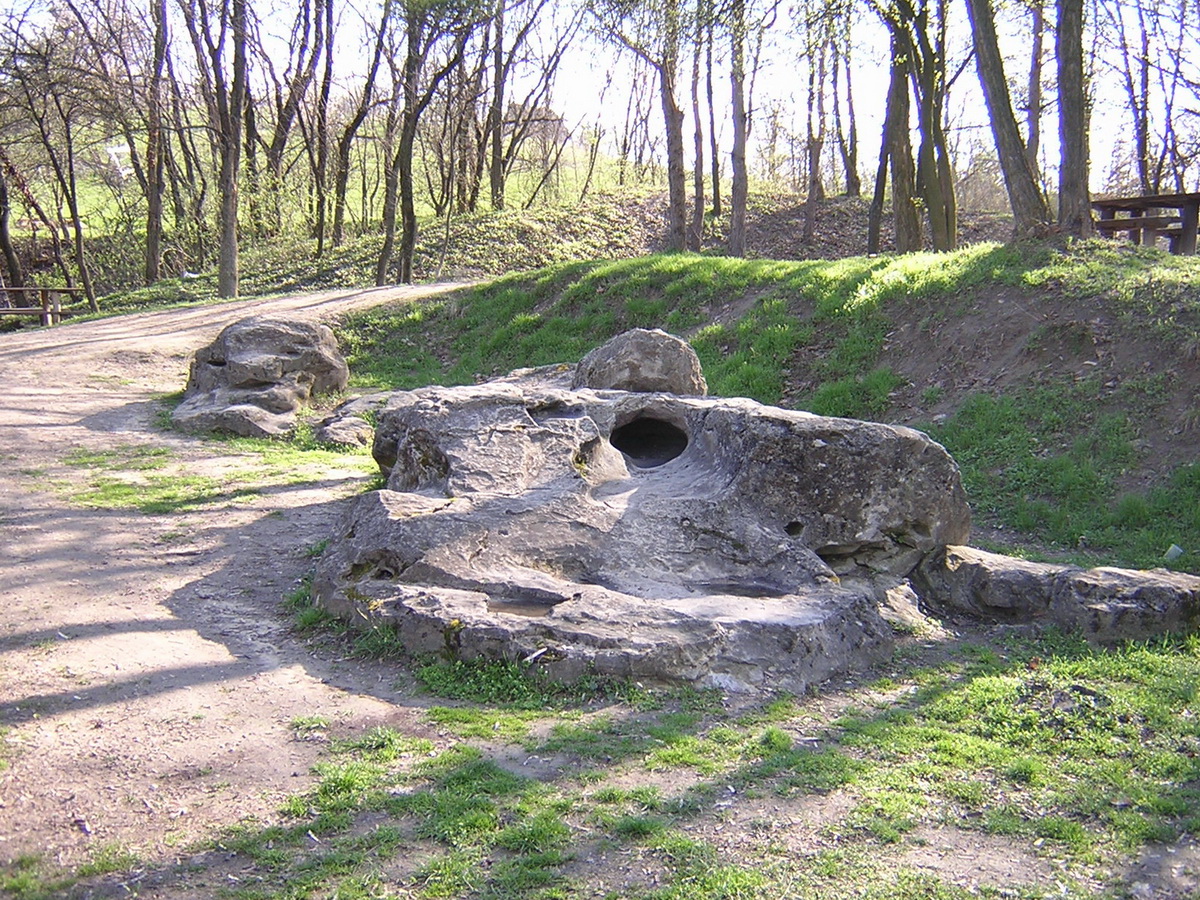
In 1942 Richárd Margittay, author and cottage-owner, was also interested in the origins of the stone. During his research he found that it used to be a sacrificial place for the white horse (a Hungarian myth), so Margittay recommended the excavation of the area around the stone. In the process broken stone chisels and terracotta female god statues were found, among different shards.
5. Stupas radiating peace in Hungary
The method of creating stupas was defined by Buddha about 2500 years ago. They are built to counterbalance the inner and outer destructive forces of the world. From the outside their terraced shape symbolizes the spiritual development and the road to enlightenment, while inside they hold relics, symbols and writings of enlightened beings.
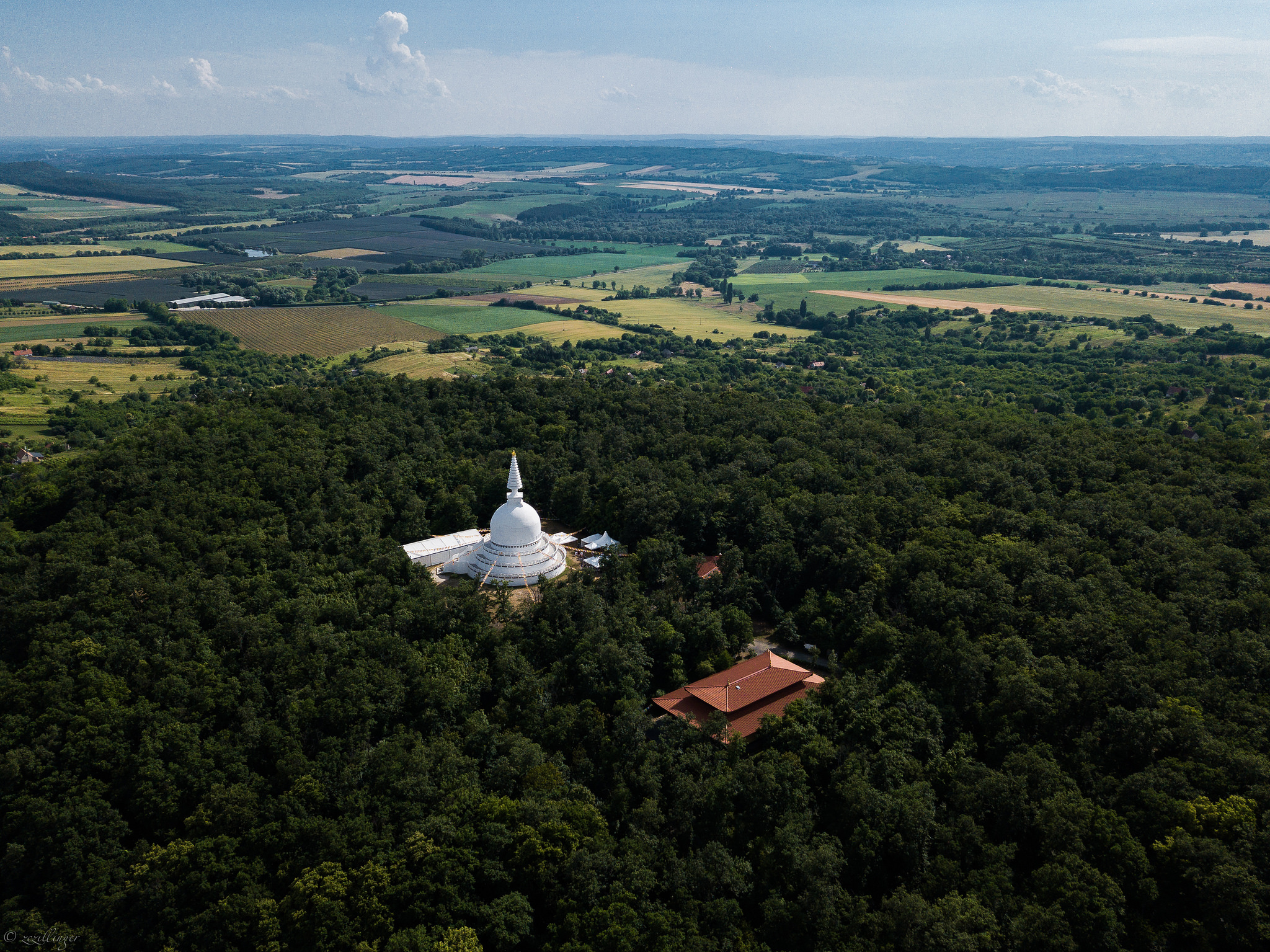 The Buddhist shrine (stupa) at Zalaszántó is the largest in Europe and the first in Eastern Europe. In 1990 Bop Jon, South Korean Buddhist monk, decided to build a Buddha shrine in a country going through a change of regime, to embody peace, happiness and enlightenment. Photo: Zsolt Czillinger
The Buddhist shrine (stupa) at Zalaszántó is the largest in Europe and the first in Eastern Europe. In 1990 Bop Jon, South Korean Buddhist monk, decided to build a Buddha shrine in a country going through a change of regime, to embody peace, happiness and enlightenment. Photo: Zsolt Czillinger
The stupa of Zalaszántó stands out from other Hungarian stupas not only with its size, but also because this is the only stupa in Europe with real Buddha relics: there is a decorated case in the pit above the dome of the stupa, holding some of Buddha’s remains: small splinters of bone.
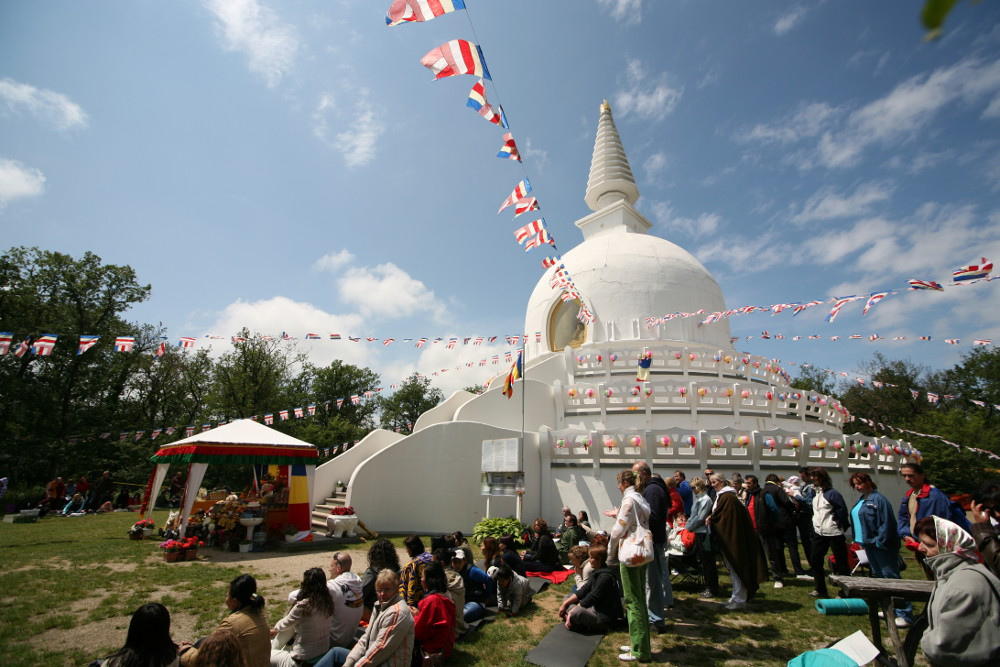 You have to make rounds around the stupa to the right, while keeping the stupa on your right side the whole time. Meanwhile you can formulate good intentions and wishes, and offerings are also usual: lighting candles and incense burners, or gifting money. Photo: Peter.
You have to make rounds around the stupa to the right, while keeping the stupa on your right side the whole time. Meanwhile you can formulate good intentions and wishes, and offerings are also usual: lighting candles and incense burners, or gifting money. Photo: Peter.

